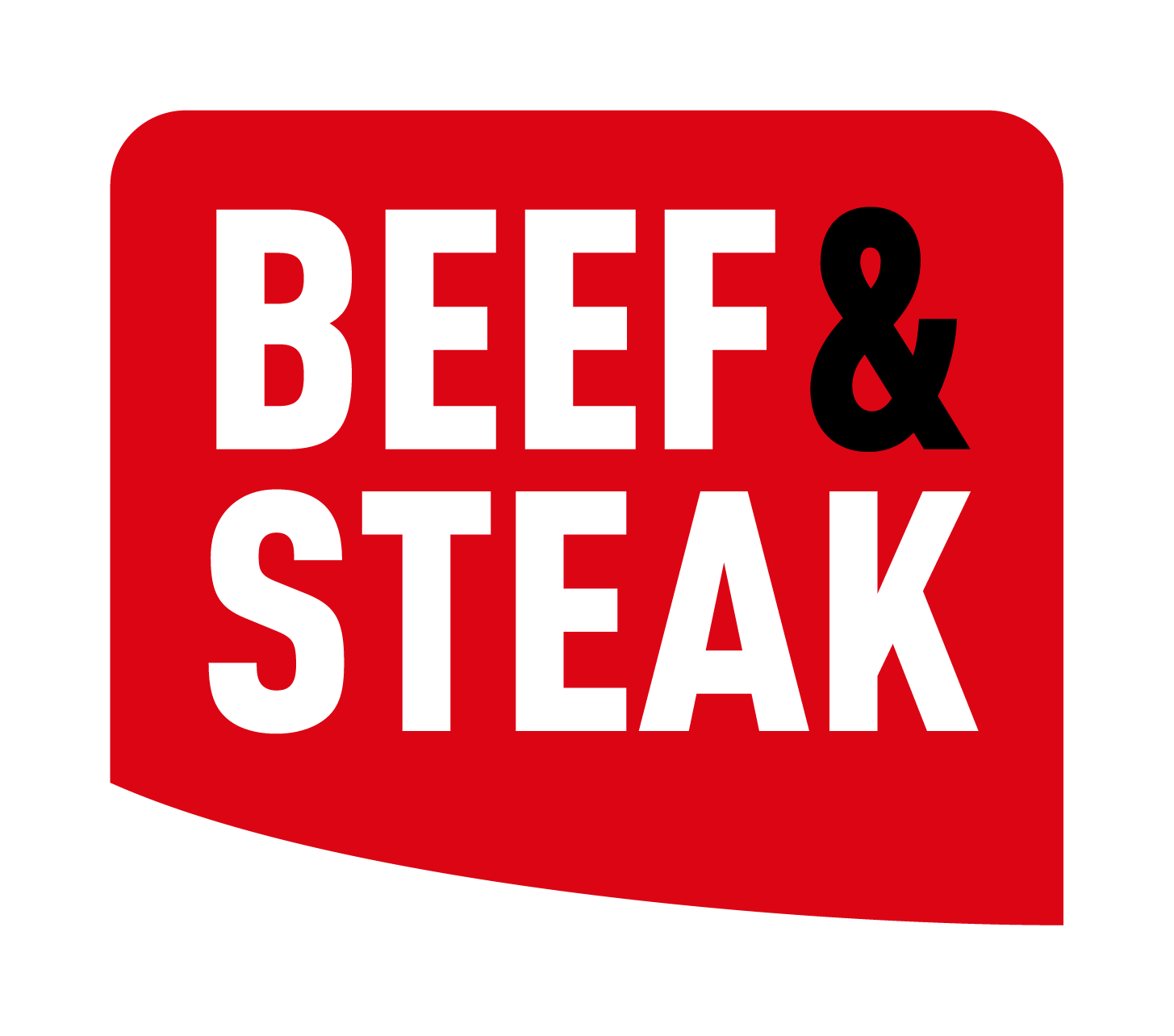
So, plan ahead for this awesome culinary challenge that you’re about to take on by preparing ahead of time for each step. With a 10-pound whole brisket, you’ll be able to feed about 18 people. It will require attention to detail as you’ll find the little nuances about the meat (mainly understanding connective tissue) make a big difference in the outcome. Smoking a 10lb brisket is no small feat because it’s a tough piece of meat.

This reflects the classic brisket formula of 1- 1.25 hours per pound, at a constant temperature of 225 degrees.Įxcited to smoke your first beef brisket? Read on for our tips for best results. It’s worth noting that you shouldn’t overly stress about a precise number to pull it at, and you are going to get an excellent brisket when you pull within this range (followed by a proper rest).
Whole packer brisket full#
We pull at 197 with our full method, other pitmasters pull between 190- 203, depending on their personal process. You pull a brisket when the internal temperature reaches 190-203 degrees internal temperature in the thickest part of the roast. Furthermore, this time span is merely for planning purposes, as you do not pull a brisket after a certain rigid time frame elapses (like in baking). Just an FYI, I do about 1 brisket a month since I live in brisket country and sales happen about every 2 months or so on brisket.The span in time is directly tied to how consistent you can maintain the barbecue smoker at 225 degrees. I think another 2-3 briskets done this way will give me a reliable idea on how much or how little fat to meat coverage I need when laying the fat on the muscle side of the flat of the brisket! It does NOT prevent color or bark but instead seems to be ensuring that I am not getting any extra crusty/barky spots. That fat renders and shrivels up into beef cracklings and shrivels up(my buddy is now in love with eating those pieces of beef fat cracklins lol). So now I have this extra layer of grease, juices, and heat protection when I am laying this trimmed fat on top of the muscle side of the flat! Where the other portion of the flat is is just fat then flat muscle. When the flat and point come together there is a layer of fat between them that helps the flat muscle so it has more protection there with fat, point, fat, then flat muscle. I took that concept and just started laying trimmed fat on the meat side around the edges of the flat and along the flat where there is no Point muscle on the opposite side. Having the fat towards the heat source protects the meat from getting too crusty or burning up because the fat takes the brunt of the heat AND since it's fat it has all the grease and juices right there for the meat under the fat.

This new promising approach is simply turning the brisket fat side down towards the heat source (not a new idea) AND taking plenty of trimmed fat and laying on top of the muscle side of the flat muscle (this is the new trick). It's not bad and not every time, but I've been experimenting to consistently eliminate those spots. Think like a 2 inch spot here, a 2 inch spot there, but never like a whole section.

I've noticed that SOMETIMES I can get a little bit too barky/crusty on some outer parts of my flat muscle when doing my unwrapped briskets. Now, I have started a new approach (about 3-4 briskets done this new way) that is showing promising results but I need to do like another 2 briskets before I feel it is consistent and repeatable. My MES is rewired and uses a PID controller so it hits and holds dead on! Stick burners and pellet grills may have to do something with a water pan and moisture management. The MES holds moisture super well so it's not needed. Click to expand.I run an MES and no water pan or spritzing at all.


 0 kommentar(er)
0 kommentar(er)
